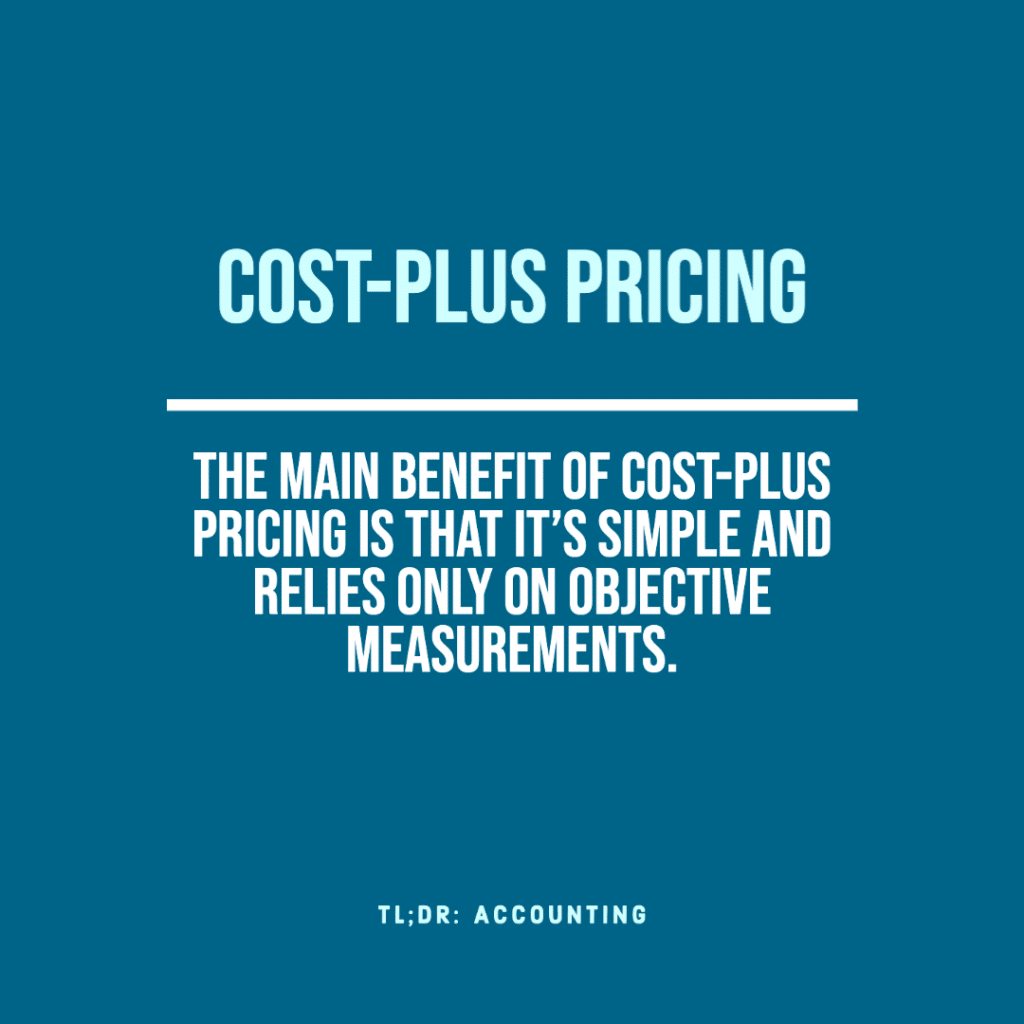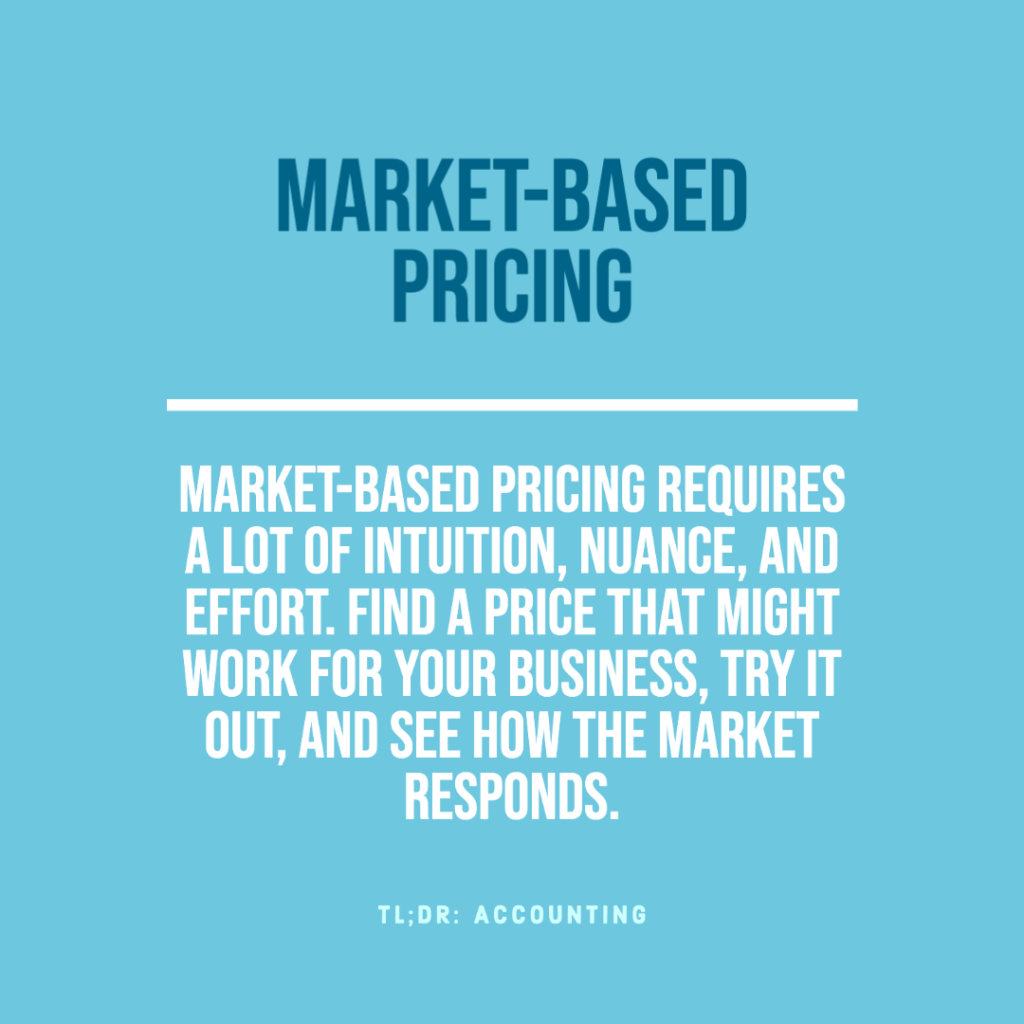One of the most important decisions you’ll make in your therapy practice is how to set your fee structure.
Setting a fee structure is all about balance. You must balance the needs of your business with your clients’ resources and willingness to pay. Charging too much will likely limit you to mostly high-income individuals. Charging too low can make your practice very inclusive, but keep this in mind: If you close your practice because it’s not financially sustainable, you are no longer benefiting your clients with the therapeutic help they need.
In this article, we will cover two classic pricing strategies, offer our advice on which to choose, and also provide some bonus tips for setting a price that’s right for you and your clients.
(Note that this article is for private pay clients. We understand that you also may take a certain number of insured clients, but we also know that the reimbursement rate for insurance can be quite low.)
Cost-Plus Pricing
Cost-plus pricing is exactly how it sounds. It’s a classic pricing strategy that has often been used in manufacturing. To overgeneralize: You first add up the costs of running your business, then you divide that by the number of units you provide. Let’s say you’re able to provide 100 hours of therapy every month, and that all the costs of your business add up to $10,000 per month. Divided out, you could say that it costs $100 to provide each hour of therapy. You then decide on a 20% markup and end up charging your clients $120 per therapy hour.
The main benefit of cost-plus pricing is that it’s simple and relies only on objective measurements. You don’t have to use your intuition or provide for nuance, so it can feel like a “solid” way to settle on a price. It can also feel fair, like you’re providing a square deal for your clients because you are building a reasonable profit into your pricing.
While it is useful to determine how much it costs to provide your services, there are flaws inherent in cost-plus pricing.
First, not all costs are directly linked to revenue, but cost-plus pricing “pretends” that they are. For example, office rent is usually a flat monthly cost. If your office rent is $5,000 per month, at 100 therapy hours your rent cost is $50 per therapy hour. But if you have a good month and are able to provide 125 hours next month, the rent cost per therapy hour drops to $40. Especially for a services organization, there are so many distortions like this in pricing that it’s hard to get a good read on cost per therapy hour.
Second, and more importantly, the price your clients are willing to pay for therapy has nothing to do with how much your services cost you. Using a simple “objective” formula can lead you to a price that may be “tone-deaf” in relation to important things like your plans to grow your business or your clients’ wherewithal to pay.
Market-Based Pricing
Another way to determine pricing is to look at the market. What kinds of prices are other therapy practices in your area charging? How do their prices relate to the quality of services they provide and their ability to market those services?
Market-based pricing requires a lot of intuition, nuance, and effort. Find a price that might work for your business, try it out, and see how the market responds. Would you rather have full appointment slots but make less revenue per client, or would you rather be more selective and less busy?
There are other considerations as well: If you choose a higher price and have fewer clients, it’s less likely that you will have a waitlist of new clients to replace clients who cycle out of your therapy services.
It is useful to test different levels of pricing, but, unfortunately, you are unable to test prices in a vacuum. If you offer a low price to early clients in order to establish your business, you will eventually face a choice between letting them keep the legacy pricing or increasing prices on current clients, both of which have downsides.
The biggest disadvantage of market-based pricing is the uncertainty of setting a price level.
Our Recommendation for Setting Fees in Private Practice
In general, we recommend market-based pricing. It is important to consider the pricing of other practices in your area and overall trends in order to set a price that strikes a balance between your organization’s success and your client’s resources. At the same time, it’s still important to assess your costs so that you can make informed decisions about the future of your practice. The fact that market-based pricing allows you to have some control over your costs means that the “gold standard” of cost-plus pricing, the cost to provide services, isn’t a good foundation for your fee structure.
For therapy practices based in Seattle, we normally see $125 – 185 per therapy hour, though this has changed over time as expenses have increased. This will vary based on the services you offer and your ability and willingness to weather potential downturns in client interest. Testing your pricing is key. When you have a slot open up, offer it for an extra $10 a session compared to your current prices. If it fills quickly, then you know the market has shifted.
Some therapy practices offer a certain number of sliding scale pricing slots for people who are unable to afford regular therapy prices. We recommend waiting until your business has healthy revenue before offering a sliding scale option. When you decide to offer sliding scale slots, make sure you limit the number of slots available. Typically, we see 1 to 2 sliding scale slots for practices that see around 15 to 18 clients.
We also recommend reviewing your business’s Profit & Loss statement at least once per quarter, preferably with a trusted accountant—like us!
TL;DR: Businesses must generally decide between two pricing philosophies: Cost-plus or Market-based pricing. Cost-plus pricing (not to be confused with Cost-Plus World Market) bases your pricing solely on cost-plus markup, which we think isn’t a great standard. Market-based pricing means doing the work to learn about your market (or hiring a consultant to do it for you) and finding a nice balance between your needs and those of your clients. For the Seattle area, we recommend charging between $125 and $185 per hour-long session.








